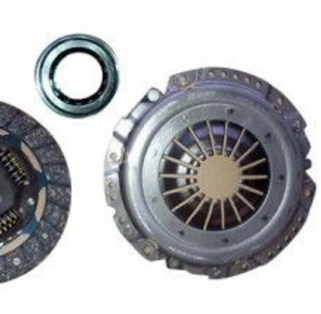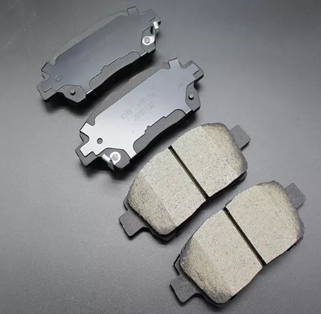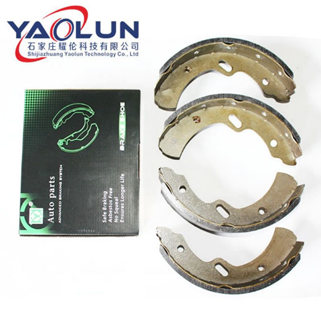Jun. 16, 2023
Brakes are an essential component of any vehicle, providing the necessary stopping power to ensure safe operation. When it comes to drum brake systems, brake shoes are used, while disc brake systems utilize brake pads. Both brake shoes and brake pads serve the same fundamental purpose of generating friction to slow down or stop the vehicle. However, they have distinct designs and functions that make them suitable for specific braking systems. In this article, we will explore the key differences between brake shoes and brake pads.
Brake shoes are primarily used in drum brake systems. They consist of a metal shoe with a friction material lining, often made of organic, semi-metallic, or ceramic materials. The shoe is curved to match the shape of the drum and is attached to a mechanical linkage that allows it to move towards the drum when the brakes are applied. This movement creates friction against the drum, generating the necessary braking force.
Brake pads, on the other hand, are designed for disc brake systems. They are flat, rectangular plates with a friction material lining on one side. The brake pads are mounted inside a caliper, which holds them in place on either side of the brake rotor. When the brakes are applied, the caliper squeezes the pads against the rotor, creating friction and decelerating the vehicle.
Brake pads MKD2174 Toyota Yaris, Vitz CC
In a drum brake system, when the brake pedal is pressed, hydraulic pressure is applied to the wheel cylinder, forcing the brake shoes against the inner surface of the brake drum. The resulting friction between the brake shoes and drum causes the vehicle to slow down or stop. The curved design of the brake shoes allows for even distribution of friction along the drum's circumference, resulting in efficient braking.
In a disc brake system, when the brake pedal is pressed, hydraulic pressure is applied to the caliper, causing it to squeeze the brake pads against the rotor. The resulting friction between the brake pads and rotor generates the necessary braking force. The flat design of the brake pads allows for direct contact with the rotor, ensuring effective heat dissipation and consistent braking performance.
Brake Shoe K2235 For Daihatsu Delta Toyota Estima Hiace
Brake shoes, typically used in drum brakes, have a larger surface area in contact with the drum compared to brake pads in disc brakes. This allows for effective heat dissipation, which can be advantageous in heavy-duty applications or situations that require prolonged braking, such as towing or driving downhill. However, drum brakes tend to have less immediate and responsive braking compared to disc brakes.
Brake pads, used in disc brakes, provide a more immediate and responsive braking performance. The direct contact between the flat brake pads and the rotor allows for efficient heat dissipation, reducing the risk of brake fade. Disc brakes also offer better modulation and control, allowing drivers to adjust braking force more precisely. Additionally, disc brakes are generally more effective in wet conditions, as they are less prone to water buildup and provide improved stopping power.
Brake shoes in drum brake systems are typically housed inside the brake drum, making them less accessible for inspection and replacement. To replace brake shoes, the brake drum needs to be removed, requiring more time and effort compared to brake pad replacement.
Brake pads in disc brake systems are more accessible and easier to inspect and replace. They are often equipped with wear indicators, which emit a high-pitched noise when the friction material reaches a minimum thickness, indicating the need for replacement. Replacement of brake pads usually involves removing the caliper, sliding out the worn pads, and installing new ones.
Brake shoes and brake pads serve the same purpose of generating friction to slow down or stop a vehicle, but they are designed for different braking systems. Brake shoes are used in drum brake systems, while brake pads are used in disc brake systems. The variations in their designs, functions, and characteristics result in different performance attributes and maintenance requirements. Understanding the differences between brake shoes and brake pads helps vehicle owners and technicians make informed decisions regarding brake system maintenance and replacement.
Related News

Function and Characteristics of Automotive Clutch
Jun. 28, 2023

Brake Shoe vs. Brake Pad: What's the Difference?
Jun. 16, 2023

Common Signs of Worn-out Brake Shoe
May. 26, 2023
Navigation
>> E-mail: yaolun002@yaolunautoparts.com
>> Mob.: +86 13091010404
Subscribe To Our Newsletter
Stay in touch with us to get latest news and discount coupons
